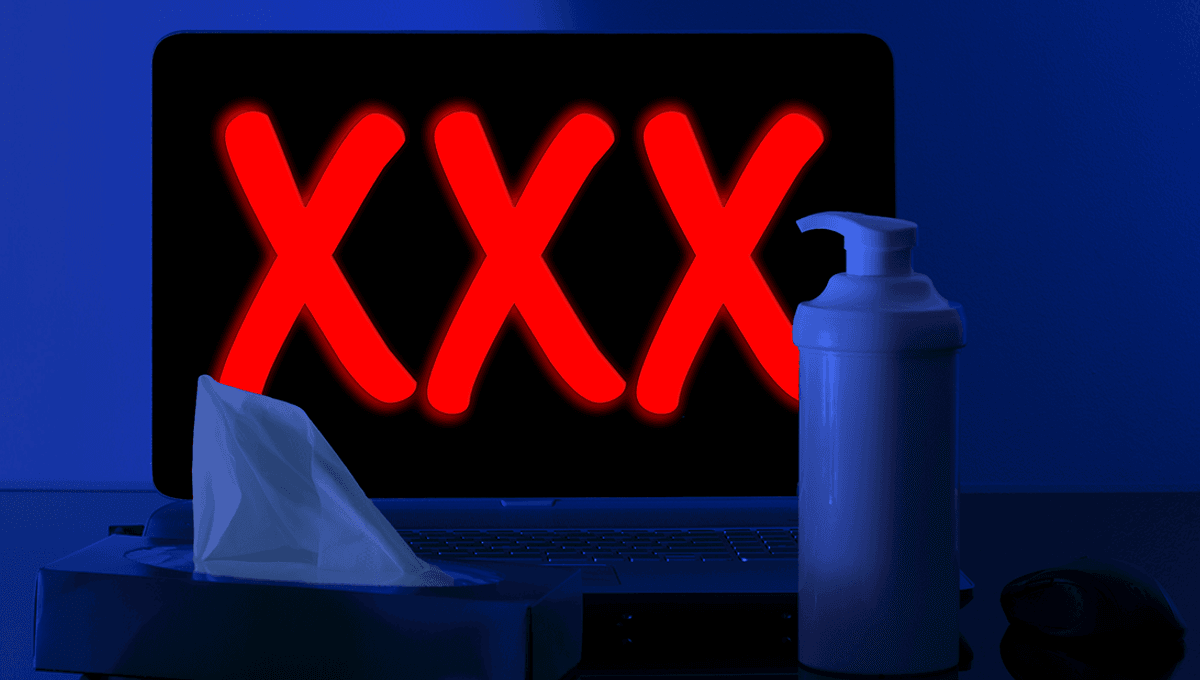
A study has taken a look at whether regular porn users experience withdrawal symptoms after seven days of abstaining (or attempting to abstain) from pornography.
After the rise of the Internet, there has been a significant increase in pornography consumption, with PornHub – one of the most popular adult websites – reporting over 39 billion searches and 42 billion visits in 2019. Problematic use, as well as addiction-like symptoms, have been reported by users, and some have claimed that you can become addicted to it.
“Despite these self-reports, researchers still disagree about whether habitual pornography users can develop genuine addictions to pornography and manifest addiction-related symptomatology akin to substance addictions,” the team wrote in their study,
“Some have argued that pornography is inherently addictive due to it being a particularly novel and rewarding stimulus and that symptoms of dysregulated pornography use fit within an addiction framework, sharing similar neurobiological mechanisms with substance addictions and other behavioral addictions,” they explain, “while others hold the view that pornography addiction is not a valid clinical entity and can instead be explained by non-pathological learning.”
The team attempted to address the topic by studying potential withdrawal symptoms – such as those experienced by people addicted to alcohol and drugs – in people undergoing a period of abstinence. For the study, the team recruited student volunteers (64.2 percent female) who used pornography three or more times in the prior four weeks.
The volunteers were split into two groups: the control group, who would continue to use pornography as normal, and an abstinence group who were asked to attempt to remain abstinent from pornography for 7 days.
“While the majority of participants in the abstinence group (n = 47/86; 54.65%) did not report any pornography use at all during the experimental period, a considerable proportion of participants (n = 39/86; 45.35%) reported using pornography at least once during this period,” the team wrote. “More specifically, seven participants (8.14%) reported using pornography once, eleven (12.79%) reported using pornography twice, nine reported using pornography three times (10.47%) and twelve (13.95%) reported using pornography four or more times.”
Though they did not achieve abstinence, the instructions were intended to induce attempts at abstinence rather than guarantee the achievement of it, and they were kept in the final analysis. Both groups were given daily questionnaires to assess their mood, cravings for pornography, and any withdrawal symptoms they may have during abstinence.
Contrary to previous research which looked at self-reported retrospective data from participants, the team found no significant difference in craving, negative affect, positive affect, or withdrawal symptoms during the study when compared to the participants’ baseline scores.
Interestingly, in those that experienced them, negative effects and withdrawal symptoms decreased as the experiment went on. This was put down to “downward drift”, an effect seen in other addiction studies which is “the tendency for participants to report progressively fewer negative affect-related symptoms when tested repeatedly, regardless of assignment to treatment or control.”
The team also found no significant difference in most scores with users with higher levels of problematic pornography use (PPU), with the exception of cravings experienced.
The team wrote that this craving increase in people with PPU could be interpreted as a withdrawal symptom. However, it could also be a result of higher sexual desire by the participant.
“If participants’ primary sexual outlet was masturbating to pornography, then urges to use pornography could be a natural manifestation of sexual desire and/or arousal throughout the deprivation period,” the team wrote, adding that the lack of other negative effects contributed to evidence that the latter explanation is correct. However, the team urges further study with more participants that have PPU to explore.
The study was published in Archives of Sexual Behavior
Source Link: Study Finds Out What Happens When Students Stop Using Pornography For A Week